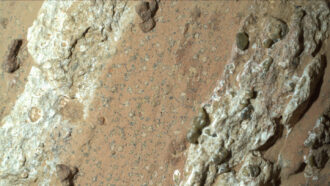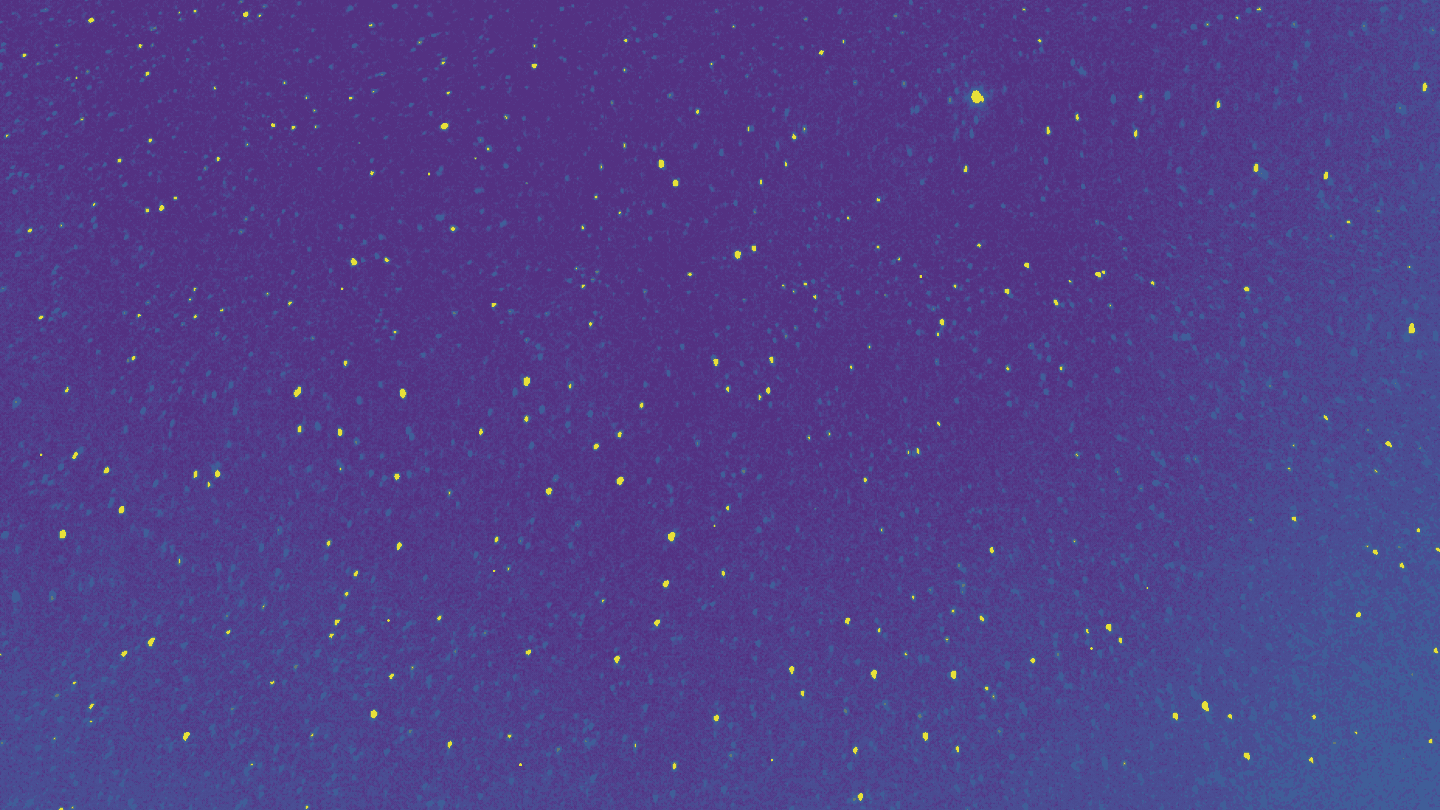Space
-
 Space
SpaceScientists Say: Campfire
These miniature solar flares could help solve a big mystery about our sun.
-
 Planets
PlanetsAnalyze This: Jupiter’s Great Red Spot is shrinking
If the windstorm keeps dwindling, the Great Red Spot could someday disappear — like an earlier spot observed in the 1600s.
-
 Space
SpaceScientists Say: Kugelblitz
A black hole made of pure light —or kugelblitz — may be possible, at least in theory. But in practice: impossible.
-
 Physics
PhysicsScientists Say: Magnetosphere
This magnetic field encapsulates our planet, sheltering us from damaging energetic threats posed by the cosmos and our own sun.
-
 Planets
Planets‘Percy,’ NASA’s rover, finds its first hint of ancient life on Mars
The robot examined a Mars rock containing organic compounds and “leopard spots.” On Earth, such spots usually come from microbial life.
-
 Space
SpaceHere’s why some shooting stars have long-lasting afterglows
Atmospheric chemistry is the most important factor in determining which meteors leave behind these persistent trails.
-
 Space
SpaceSummer ‘space hurricanes’ are emerging high above Earth’s magnetic poles
A separation — and later recombining — of Earth’s magnetic field lines may be what churns up these super-high-altitude storms of plasma.
-
 Space
SpaceScientists Say: Cosmic rays
These energy-packed particles come to us from the farthest reaches of outer space.
-
 Planets
PlanetsHere are 5 exoplanet mysteries the James Webb telescope could help solve
This space telescope could reveal much about the formation, makeup and evolution of distant exoplanets.
By Elise Cutts -
 Space
SpaceA cosmic explosion this summer may add a ‘new star‘ to the night sky
Some 3,000 light-years away, this white dwarf undergoes a nova eruption every 80 years or so — throwing off light that can be seen with the unaided eye.
By Jay Bennett -
 Space
SpaceSci-fi inspired spacesuit recycles pee into drinking water
A spacesuit that collects and filters urine could prove a boon to future remote workers — even on Earth. Like the idea? Thank Dune.
By Adam Mann -
 Space
SpaceAstronomers caught a supermassive black hole turning on for the first time
The black hole at the center of a not-too-distant galaxy switched from being dim and quiet to bright and active.
By Adam Mann